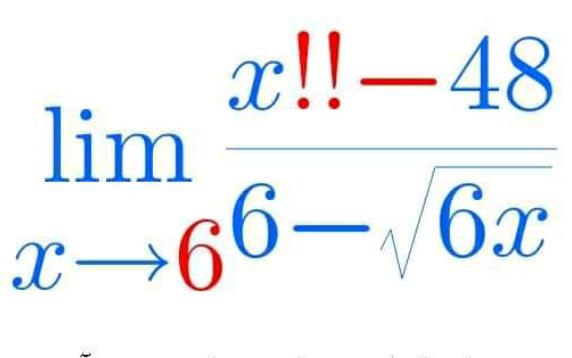
AllQuestion and Answers: Page 722
Question Number 146589 Answers: 1 Comments: 0
Question Number 146587 Answers: 0 Comments: 0
Question Number 146586 Answers: 0 Comments: 1

Question Number 146584 Answers: 0 Comments: 0
Question Number 146582 Answers: 1 Comments: 0
Question Number 146577 Answers: 2 Comments: 1

Question Number 146559 Answers: 2 Comments: 0
Question Number 146550 Answers: 0 Comments: 0
Question Number 146549 Answers: 2 Comments: 0
Question Number 146548 Answers: 2 Comments: 0
Question Number 146547 Answers: 3 Comments: 0
Question Number 146546 Answers: 2 Comments: 0
Question Number 146545 Answers: 1 Comments: 0
Question Number 146535 Answers: 2 Comments: 0
Question Number 146529 Answers: 1 Comments: 0

Question Number 146528 Answers: 1 Comments: 0

Question Number 146524 Answers: 0 Comments: 0
Question Number 146523 Answers: 2 Comments: 0

Question Number 146521 Answers: 1 Comments: 0
$$\left(\boldsymbol{{i}}\:-\:\mathrm{1}\right)^{−\mathrm{100}} \:=\:? \\ $$
Question Number 146519 Answers: 0 Comments: 0

Question Number 146508 Answers: 1 Comments: 0
Question Number 146505 Answers: 2 Comments: 0
Question Number 146504 Answers: 0 Comments: 0
Question Number 146500 Answers: 0 Comments: 0
Question Number 146494 Answers: 0 Comments: 0
Question Number 146488 Answers: 2 Comments: 2
Pg 717 Pg 718 Pg 719 Pg 720 Pg 721 Pg 722 Pg 723 Pg 724 Pg 725 Pg 726
